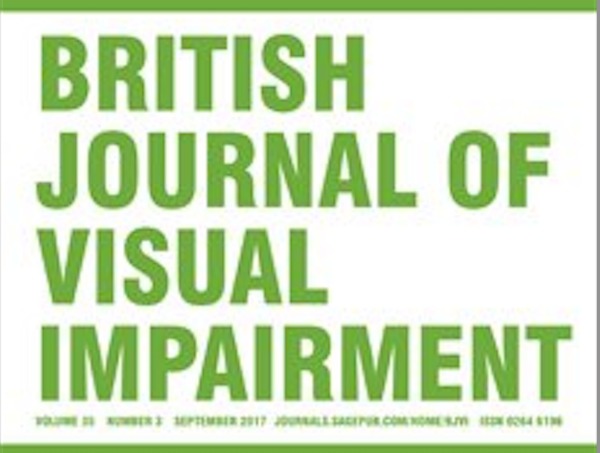
Current Use of Contracted and Uncontracted French Braille in Quebec
Research article on the French braille code and its use in Quebec
The research article Current use of contracted and uncontracted French braille in Quebec was published in the British Journal of Visual Impairment.
Abstract:
In the French braille code, becoming an efficient contracted braille user requires a considerable investment in time and effort. Students must learn 1217 abbreviations to allow time- and space-saving, but practitioners are questioning whether this investment is worthwhile. The purpose of this study was to examine the frequency of contracted braille use by adults and their perceptions about the importance of this code. A total of 23 Quebec braille users (aged 18–40 years) completed a telephone interview with quantitative questions about the frequency of their braille use, and their use of technologies as well as qualitative items regarding their perceptions of braille now and in the future, 12 of whom completed a brief braille reading test.In all, 85% of participants used uncontracted braille for reading, 59% used contracted braille, and 95% used text-to-speech. Contracted braille was used mostly for tasks that require continuous reading (e.g. novels). All except one recognized the need to learn uncontracted braille and 78% considered contracted braille useful. In all, 11 participants indicated that they “can read faster” with contracted braille, a finding that was not replicated by our reading test, whereby reading speeds were not statistically significantly different between the two conditions . The portrait that emerges from the current use of contracted French braille in Quebec indicates that it is not often used in the life of blind individuals. However, the faith of our participants in the relevance of the contracted code is still very strong. This may be explained by the fact that braille is part of their identity. The potential increase in reading speed with contracted braille may not justify the time, effort, and cognitive resources required to learn/teach this code in French. The educational challenge remains to find the proper balance between the uses of French braille versus other technologies such as text-to-speech.
